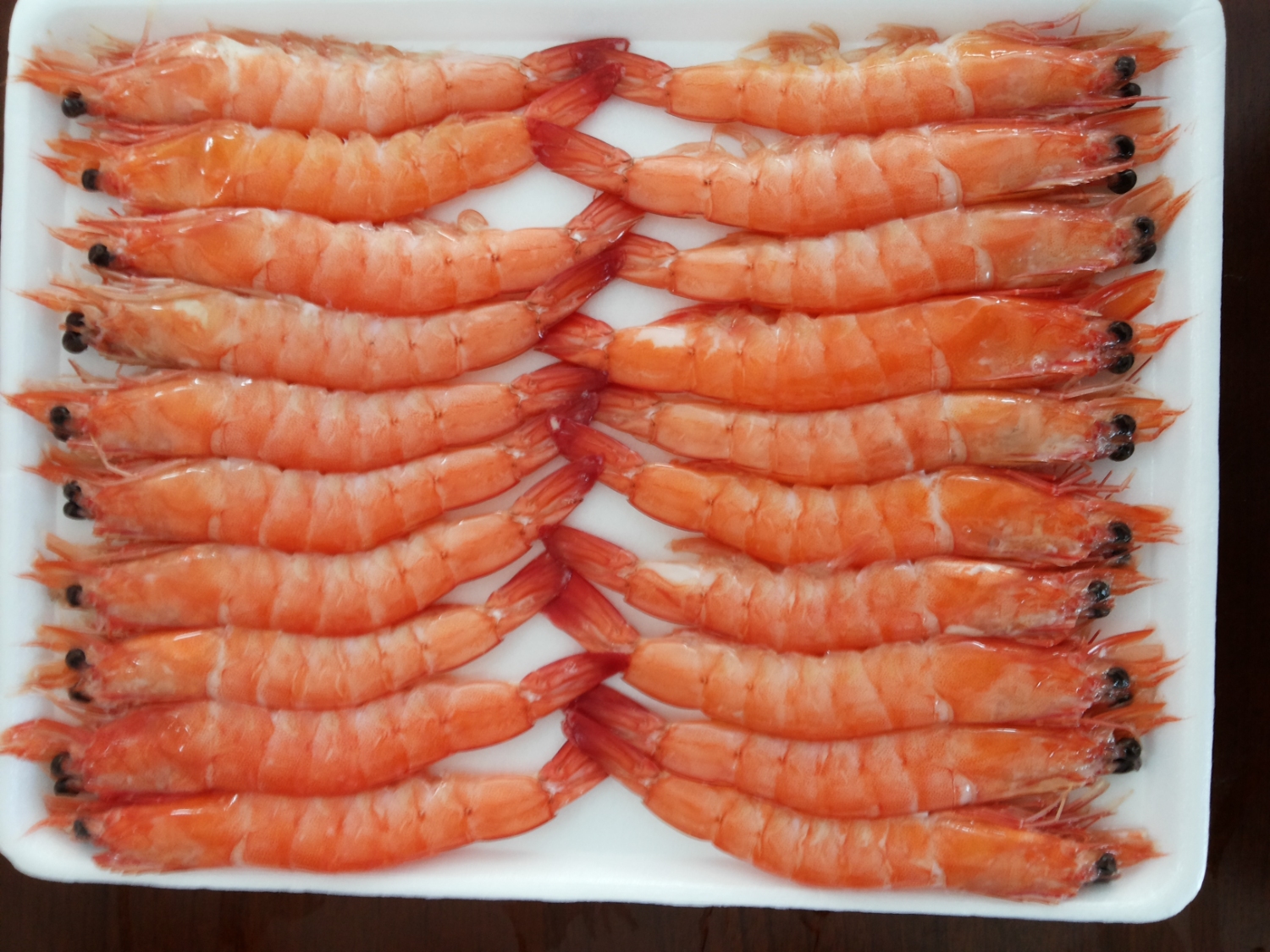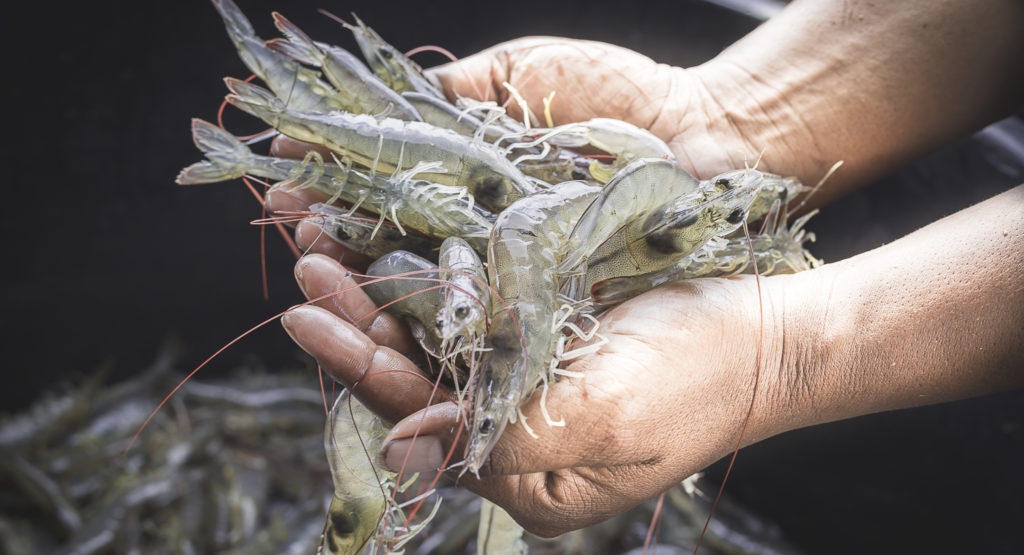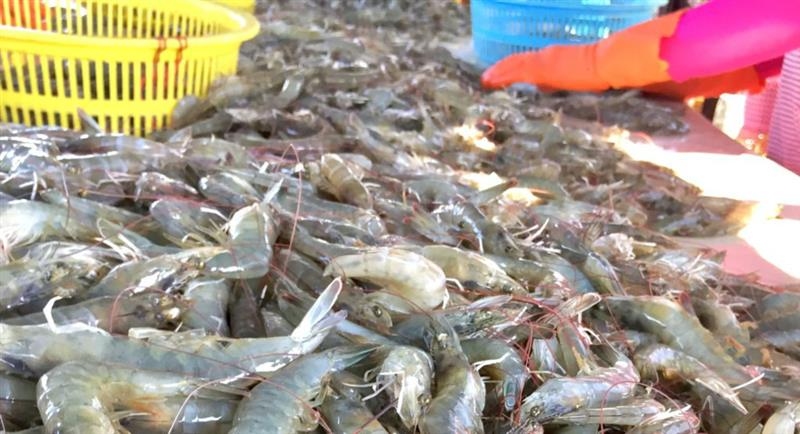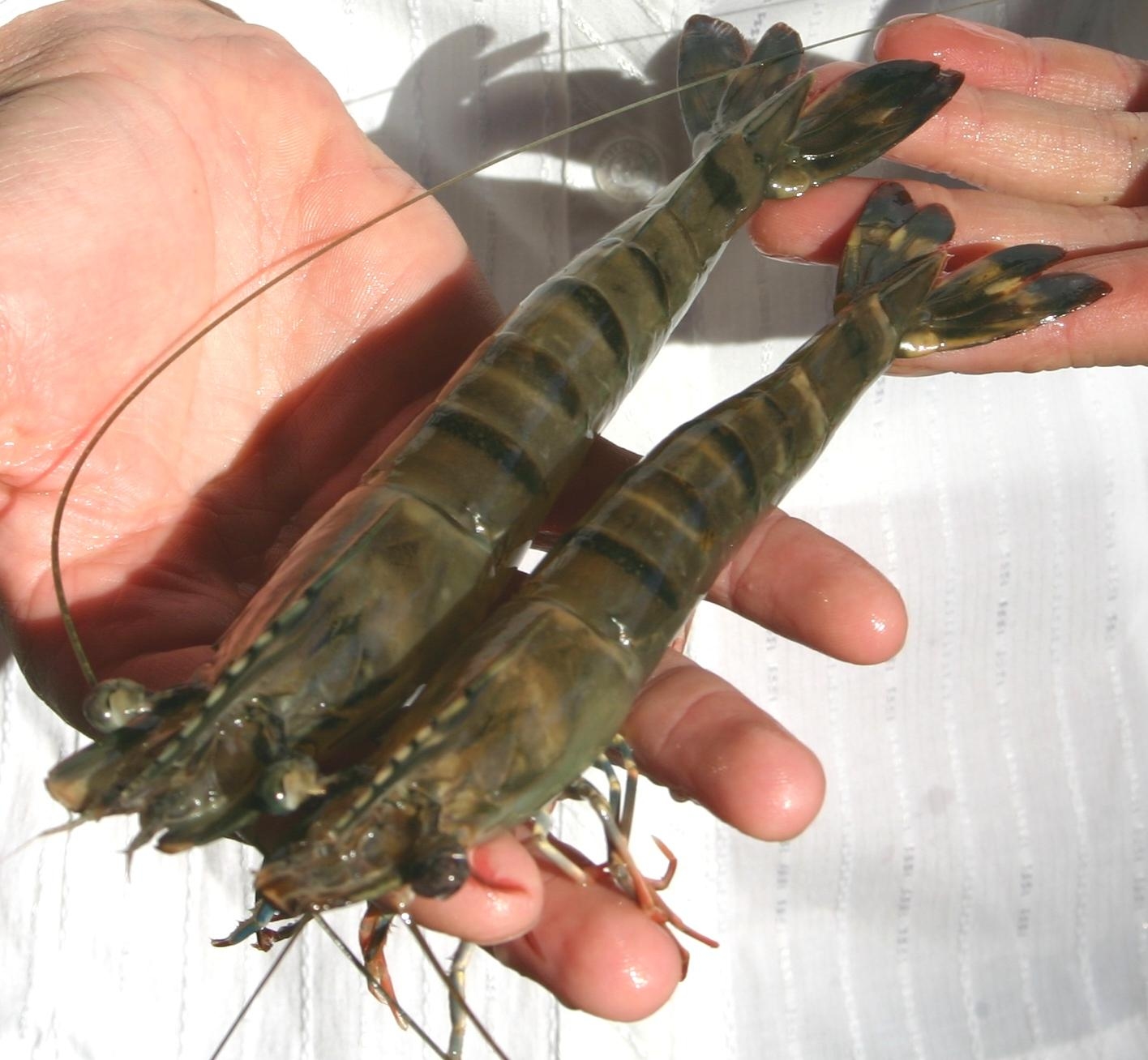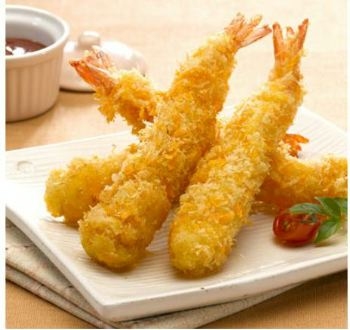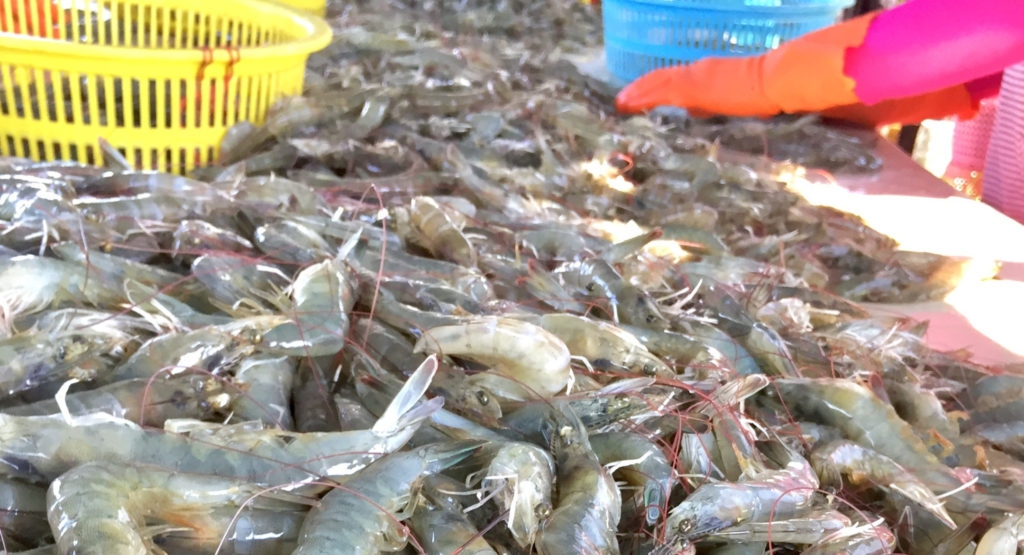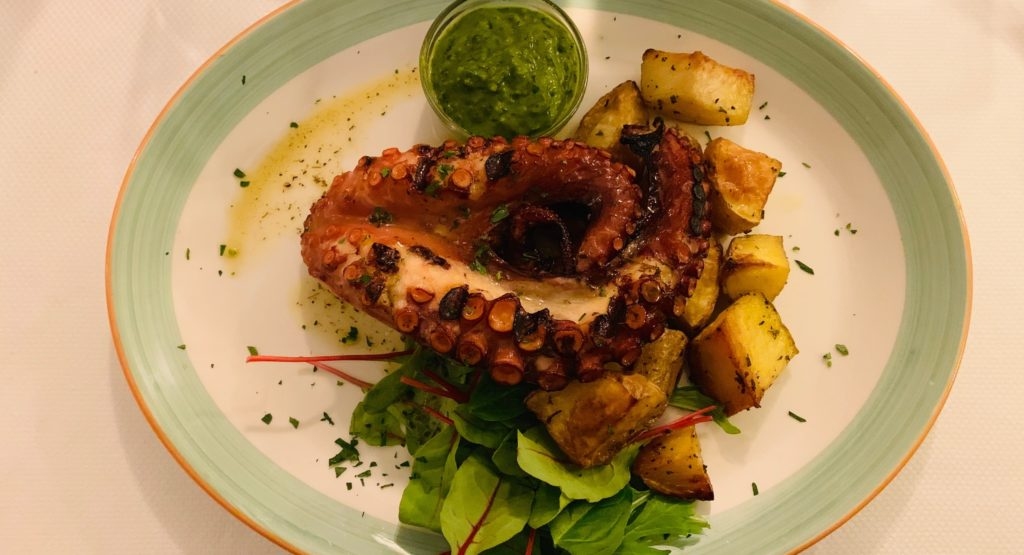
Bullish GOAL forecast has 2020 shrimp production passing 5m metric tons
CHENNAI, India -- Global shrimp production is set to continue rising over the coming years, despite the recent period of low prices, according to the Global Outlook on Aquaculture Leadership (GOAL) conference's survey.
The survey -- conducted by James Anderson of the University of Florida, and his team -- sees Global Aquaculture Alliance respondents in each of the key producing nations give their views on outlook, which are then analyzed and presented. The forecast has shrimp production increasing 5% in 2020 to just over 5 million metric tons.
Then, the GOAL forecast is for another 5% growth in 2021, to almost 5.3m metric tons, 11% up from roughly 4.7m in 2018.
Compound annual growth rate is expected to slow over the next few years, though, from 6.2% between 2015 and 2017, to 3.5% between 2018 and 2021.
Production estimates out of China are becoming increasingly erratic, as can be seen below.
However, the Food and Agriculture Organization has been revising its China estimates down over recent years, bringing them a bit closer to the GOAL estimates, Anderson noted.
Every key producing region is set to go on increasing its output through to 2021, according to respondents' estimates. Southeast Asia is set to surpass 1.8m metric tons by 2021; China could hit 1.5m; and the Americas will creep towards 1.2m, it is estimated. India looks set to remain almost flat, below 600,000t, survey members feel.
In Asia, Thai production is expected to remain almost flat at roughly 300,000t, while Vietnam is to continue its healthy growth towards 800,000t, respondents believe. Indonesia is expected to surpass the 400,000t mark by 2021.
In Latin America, growth is expected to remain strong in Ecuador, with compound annual growth rate put at 13% for the 2013-2021 period. This will take it past 600,000t in 2020, and almost to 700,000t by 2021, surveyed persons estimate.
Brazil is expected to just about hit 100,000t by 2021, and Mexico to reach roughly 160,000t.
On the trade front, US imports of farmed shrimp are as high as they have ever been, with India continuing to win market share from Thailand in 2019 and the preceding years.
2019 "real" prices are as low as they have been, however:

EU imports from extra-EU nations are estimated to finish 2019 down slightly year-on-year, meaning import volumes have been relatively static since 2016.
Japanese imports continue to decline from 2017, and remain low compared to import levels seen in the 2000s.
Data now appears to reveal the true extent of Chinese shrimp imports, now that unregistered "grey trade" routes have been stamped out. 2019 imports are estimated to be just over 600,000t, with Ecuador and India key suppliers. Exports are gradually declining too as the country consumes more of its own production (or as domestic production declines).
Anderson also presented data on the composition of shrimp aquaculture by sizes. This reveals that the proportion of largest sizes -- 61-70 and over-70 count -- fell quite dramatically between 2017 and 2018, harvested much earlier, at the 21-25 and 26-30 count stage especially:
Respondents to the survey feel that production of almost all size categories will increase in the near future, apart from 15-20 and 41-50, where producers across Asia, the Americas, and the world all agreed there would be stability or a decrease in production.
Asian and global respondents foresee a decrease in the production of peeled product for the next year, while American producers expect the volumes of this product form to increase. In the Americas they expect volumes of "green/ head-off" product to decrease.
Undercurrent News by Neil Ramsden
Contact the author neil.ramsden@undercurrentnews.com
Other news
- A recovery for the shrimp market? 17/04/2024
- Shrimp market: Fear of inflation and declining demand 22/10/2022
- Summer demand remains strong in the United States of America and Europe 08/11/2021
- Global supply chains are being battered by fresh COVID surges 18/08/2021
- Animal Health and Welfare in Aquaculture 17/08/2021
- Pangasius Imports Outpacing Tilapia 10/08/2021
- Growth in India's Shrimp Production and Exports 08/08/2021
- Decline in shrimp exports to China makes shrimps cheaper in India for domestic market 03/08/2021
- Rabobank sees plenty of positives for both shrimp and salmon sectors 29/07/2021
- Asia’s Shrimp Connoisseurs: Japan, Taiwan And South Korea 02/07/2021

